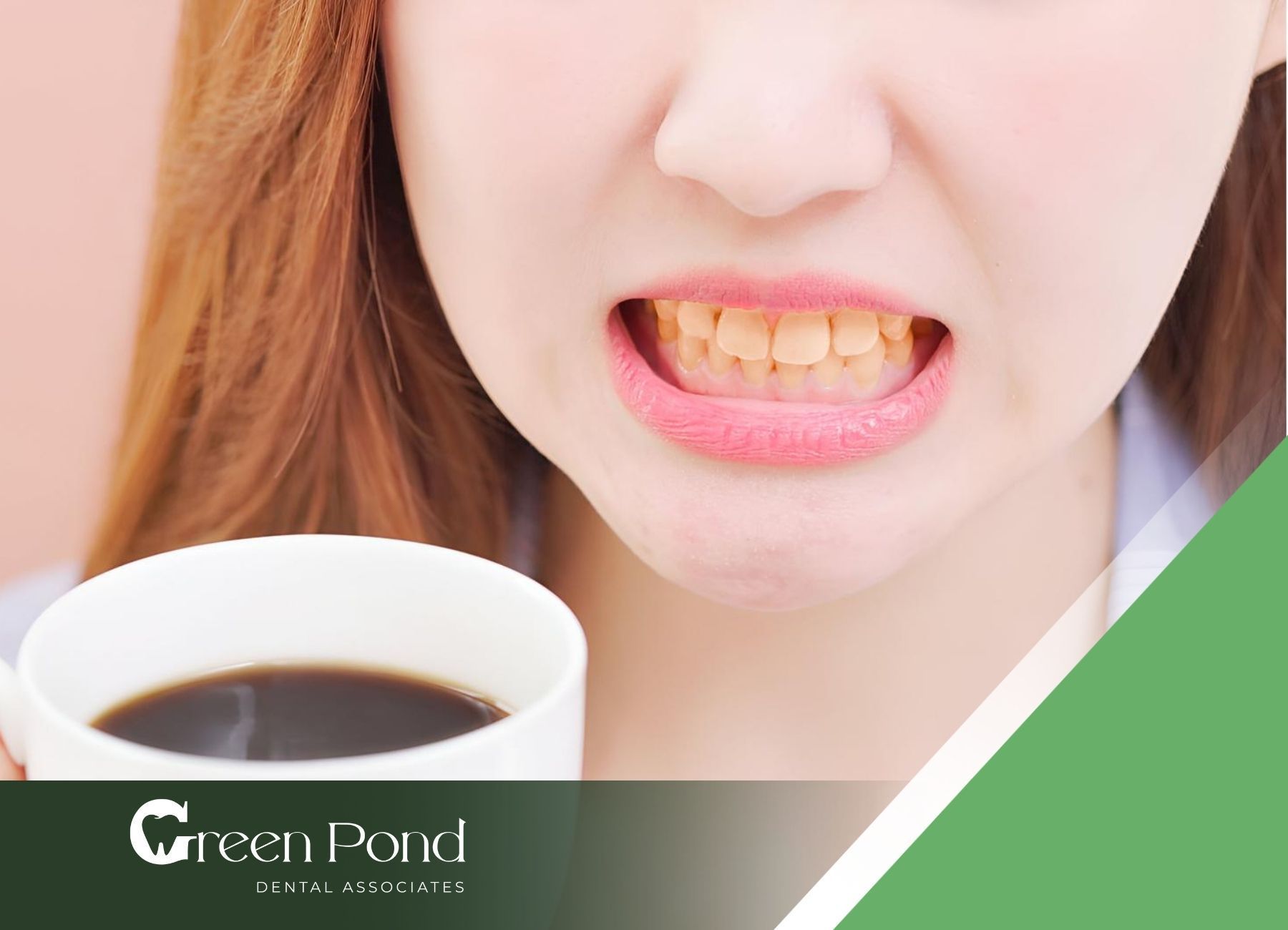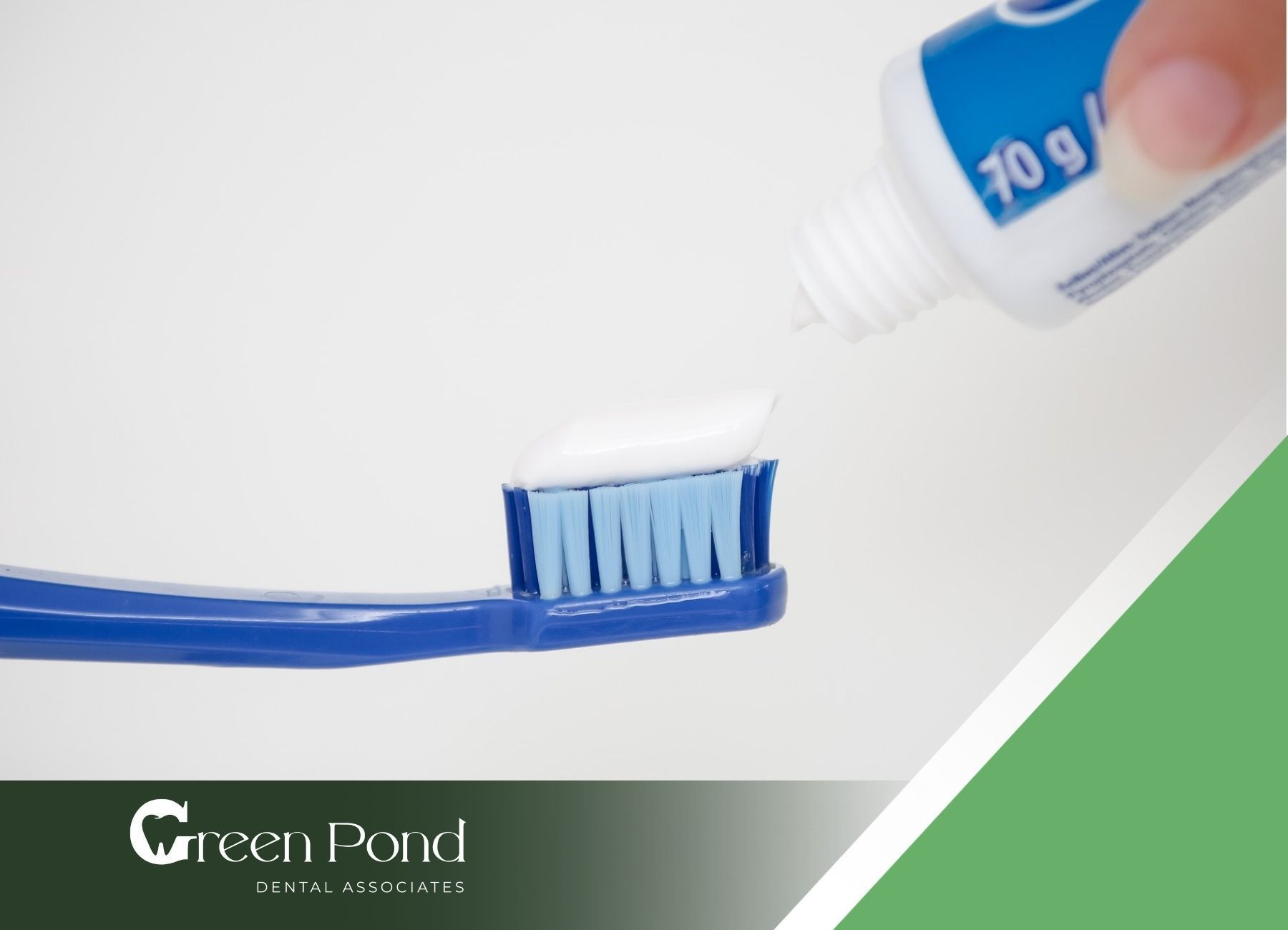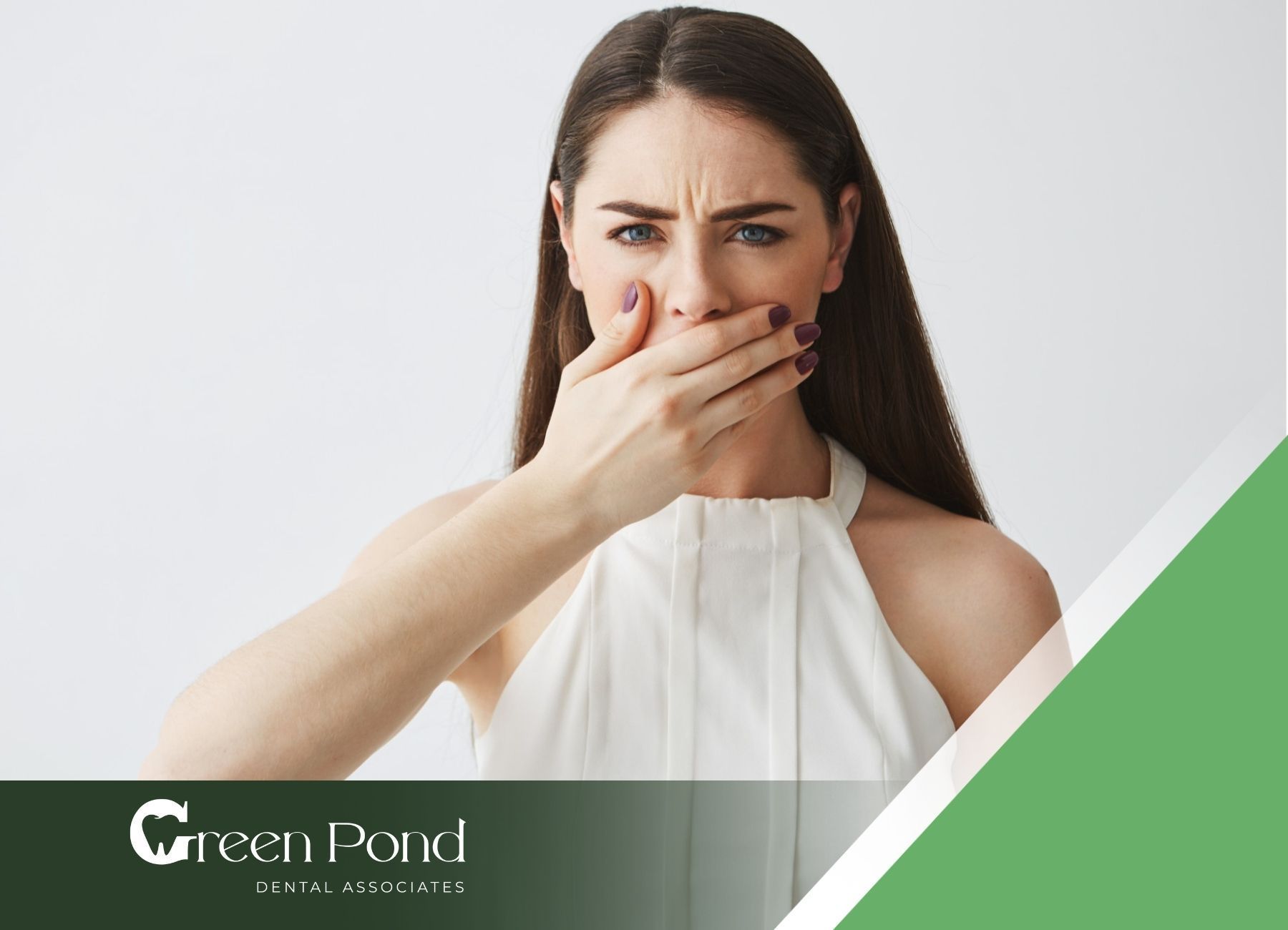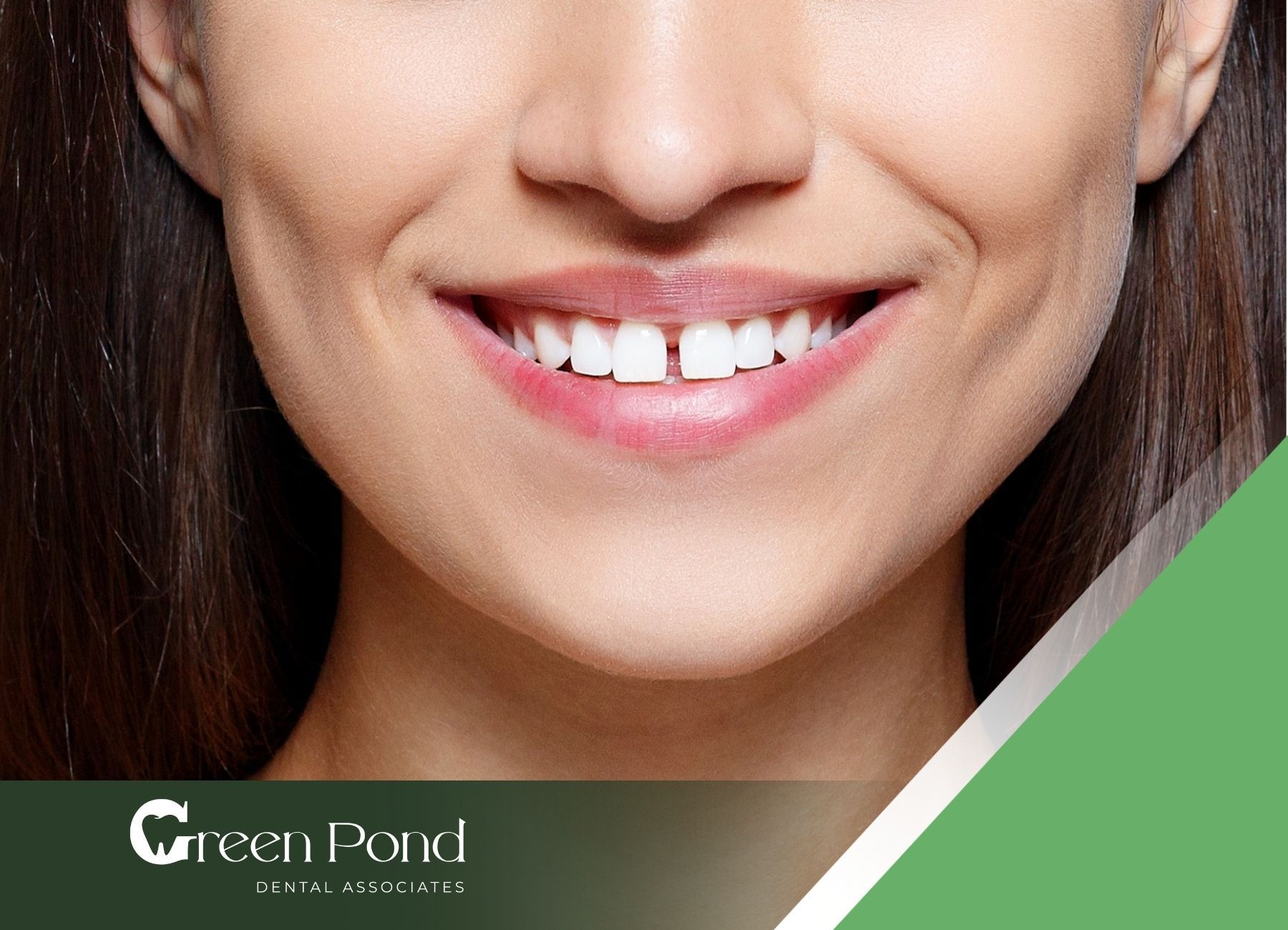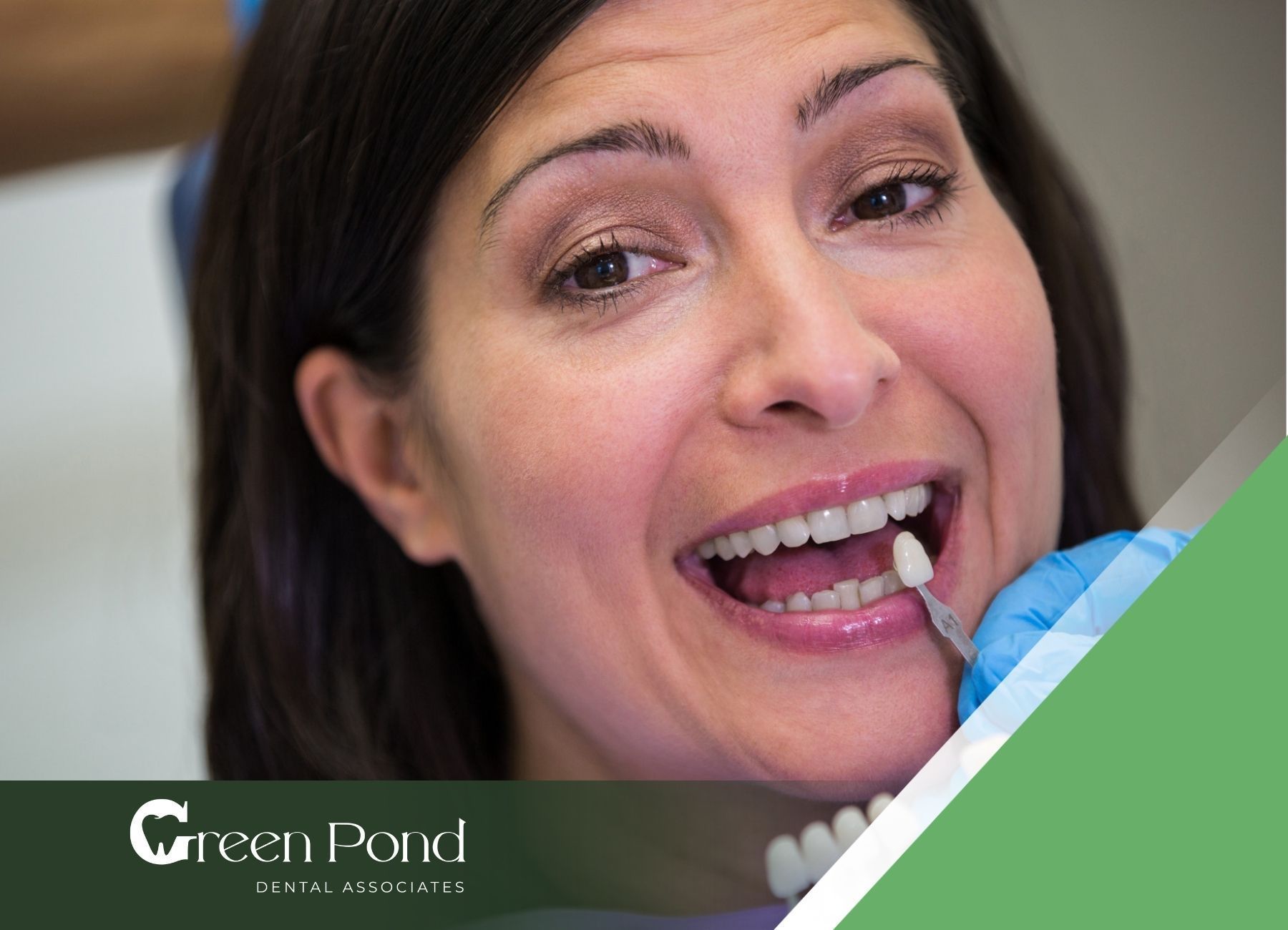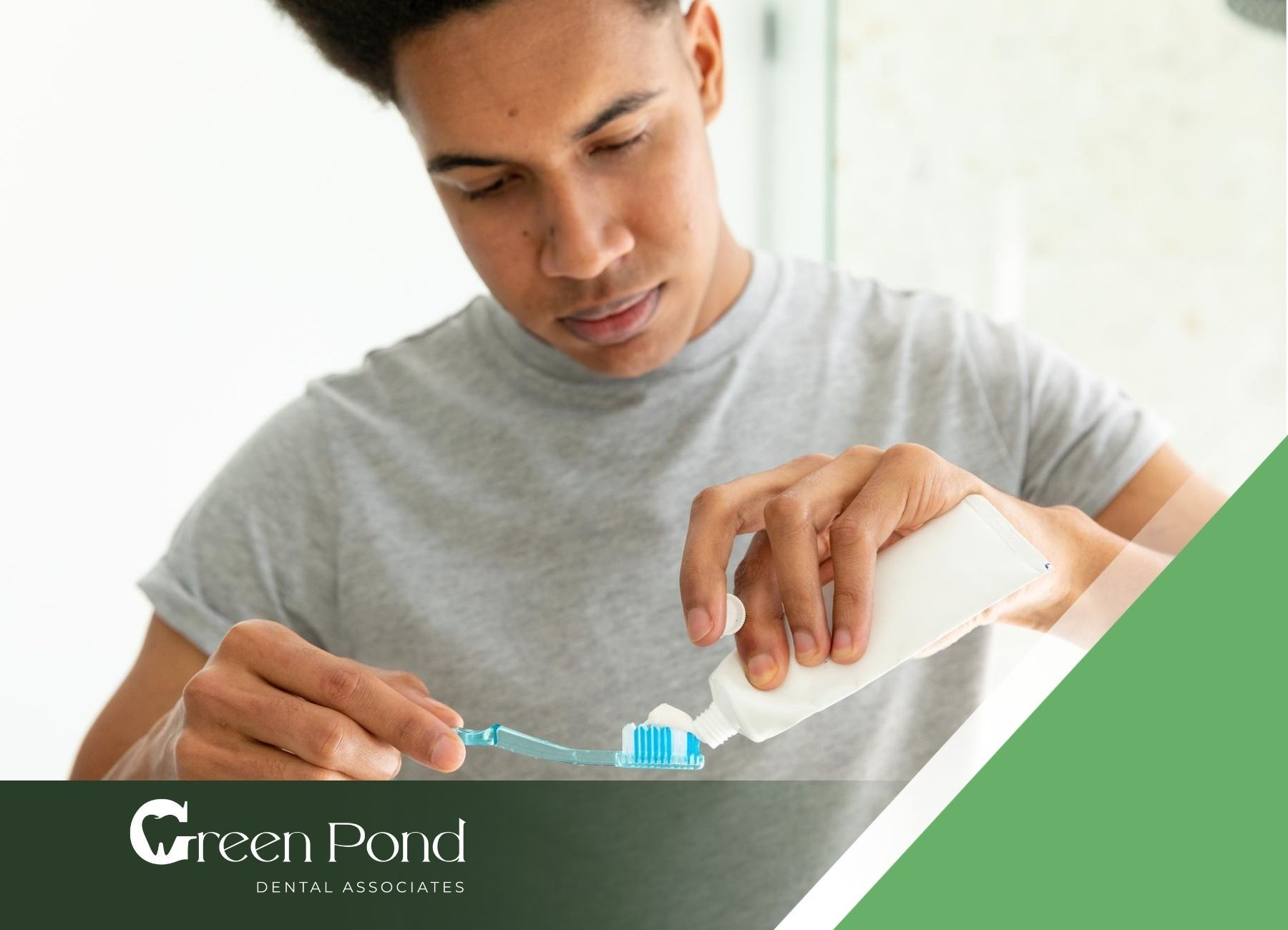Best Oral Hygiene Practices for Children: Parent's Guide
Taking care of your child's oral health starts with their first teeth. It is our duty as parents to teach good oral hygiene habits early on. This guide will give you all the information you need. You will learn why regular visits to a pediatric dentist are important and how to make brushing fun. We will cover everything to help your child keep a bright and healthy smile.
Understanding the Basics of Pediatric Oral Hygiene
Pediatric oral hygiene is important for children's teeth and gums. Baby teeth are temporary, but they still serve important purposes. They help with chewing, speech development, and set the way for permanent teeth to grow. Keeping baby teeth healthy is very important. If not cared for, kids can get cavities and pain. This can also affect how permanent teeth develop.
Good oral hygiene habits can help kids have healthy smiles for life. It's never too soon to start! Parents can create a routine and make brushing fun. This way, kids can learn good habits that will last for years.
Why Early Dental Care is Crucial for Children
Parents often overlook how important baby teeth are. They think baby teeth don't matter because they are temporary. But baby teeth are very important for many reasons. They hold space for permanent teeth, which helps with proper alignment and jaw growth.
Healthy baby teeth also help kids chew their food well, which is important for good nutrition. They play a role in speech development too. Baby teeth have thinner enamel, so they are more likely to develop decay. This makes early dental care very important.
If baby teeth are neglected, it can lead to cavities and infections. These issues can cause pain and affect the permanent teeth growing under them. It's essential to know that taking care of baby teeth early can lead to a lifetime of healthy smiles.
Key Elements of a Child-Friendly Oral Care Routine
Establishing a good oral hygiene routine for young children is important. It should have proper techniques and be fun for them. Here are the main parts to make a successful routine:
- Brushing: Start with a soft, small toothbrush and a tiny amount of fluoride toothpaste, about the size of a grain of rice, as soon as the first tooth comes in. By age three, use a pea-sized amount of toothpaste. Teach your child to brush gently in circles to cover all the tooth surfaces.
- Flossing: Begin flossing when your child has two teeth that touch. Flossing is good for getting rid of food particles and plaque between the teeth. This helps prevent cavities and gum issues.
- Healthy Diet: Cut back on sugary drinks and snacks because they can cause tooth decay. It is good to encourage a balanced diet full of fruits, vegetables, and dairy products.
Establishing a Daily Oral Hygiene Routine for Kids
Consistency is very important for good oral hygiene. Choose set times for brushing your teeth, ideally two times a day: after breakfast and before bedtime. Make brushing and flossing part of your child’s daily routine, just like taking a bath and getting dressed.
You can also make it a family activity. Brush your teeth together with your child. This shows that you care about dental health too. A positive and fun approach will help your child stick to good habits for a long time.
Choosing the Right Toothbrush and Toothpaste
Choosing the right toothbrush and toothpaste is very important for your child's dental health. When you pick a toothbrush, always choose one with soft bristles. Hard bristles can hurt your child’s teeth and gums. Look for toothbrushes made just for kids; they usually have bright colors, smaller heads, and easy-to-hold handles. This makes brushing fun for your little one.
Fluoride toothpaste helps to strengthen tooth enamel and prevent tooth decay. The amount of fluoride toothpaste to use changes with age. For kids under three, a smear the size of a grain of rice is enough. Once they turn three, you can use a pea-sized amount.
Make sure to watch your child while they brush. This helps to ensure they don’t swallow the toothpaste and that they spit it out properly. Teach them to rinse their mouth well after brushing.
Step-by-Step Guide to Brushing and Flossing for Kids
Teaching kids the right way to brush and floss is important. This helps them remove plaque and food pieces effectively. Here is a simple guide:
Brushing:
- Put a pea-sized amount of fluoride toothpaste on a soft-bristled toothbrush.
- Hold the brush at a 45-degree angle towards the gum line.
- Gently brush each tooth in small circles for about 30 seconds.
- Remember to brush the inner surfaces of the teeth and the tongue.
- Tell your child to spit out the toothpaste and not to swallow it.
Flossing:
- Cut about 18 inches of floss and wrap it around your fingers.
- Gently push the floss between the teeth, moving back and forth.
- Curve the floss into a C-shape around each tooth and move it up and down to clean the surface.
To make brushing fun, you can use a timer set for two minutes or play your child's favorite song while they brush.
Preventive Measures to Protect Children’s Teeth
Prevention is better than cure for dental health. By taking steps to prevent problems, you can help your child avoid dental issues later. Besides brushing and flossing, it is important to schedule regular dental checkups. Limit sugary snacks and drinks. These are major causes of tooth decay. Instead, give your child healthier options like fruits, vegetables, and cheese. If your child plays sports, make sure they wear a mouthguard. This can protect their teeth from injuries.
The Importance of Regular Dental Check-Ups
Regular dental check-ups are very important for keeping good oral health in children. The American Academy of Pediatric Dentistry says a child should see a dentist for the first time around their first birthday or within six months after their first tooth comes in.
A pediatric dentist focuses on children's oral health. During these check-ups, the dentist will look at your child's mouth for any signs of early decay. They will also check your child’s bite and do a professional cleaning. Finding dental problems early can help your child avoid pain and bigger issues later.
Teaching kids proper oral hygiene is essential for their long-term dental health. If you’re searching for expert Clifton pediatric dental care, schedule an appointment today to ensure your child’s smile stays bright and healthy!
Fluoride Treatments and Sealants: What Parents Need to Know
Fluoride treatments and dental sealants are two common ways to help keep children's teeth from decay. Fluoride is a mineral that makes tooth enamel stronger. This helps it resist damage from acids found in sugary foods and drinks, which often cause cavities. A dental sealant is a thin coating put on the chewing surfaces of back teeth, like molars and premolars. These areas are where many cavities form in kids. Sealants create a barrier that stops food particles and bacteria from getting into the grooves of these teeth.
Both fluoride treatments and dental sealants are safe and painless. They work well to protect teeth. Talking to your child's dentist about these options can help you figure out if your child can benefit from them in their oral health care plan.
Conclusion
In conclusion, teaching children good oral hygiene is very important for their health and well-being. When parents start early and keep a steady routine, they help build strong dental habits for life. Choosing the right toothbrush and toothpaste is important. It is also key to teach kids proper brushing and flossing techniques. Regular dental check-ups, fluoride treatments, and sealants are important for keeping their teeth strong and safe. Remember, preventing problems is the best way to keep your child's smile healthy. Use these practices, and you will see your little ones have bright, healthy smiles for many years.
Green Pond Dental is the go-to clinic in New Jersey for nurturing healthy smiles from an early age. Their compassionate team specializes in children’s dental care, providing expert guidance on oral hygiene practices that set kids up for a lifetime of healthy teeth. Ready to give your child the best start? Visit Green Pond Dental today and make oral health fun and easy for your little ones!
Frequently Asked Questions
How Often Should Children Brush Their Teeth?
Children need to brush their teeth two times a day. Each time, they should brush for two minutes. They should use a soft-bristled toothbrush and a small amount of fluoride toothpaste, about the size of a pea. It is very important to start good oral care at a young age. This helps them build good hygiene habits early on.
At What Age Should Children Start Flossing?
Young children should begin flossing when they have two teeth that touch. Start by introducing flossing slowly. Make it fun so it becomes a regular part of their oral care routine. Flossing helps to remove food particles and plaque from between the teeth and along the gums. This is important for good dental health.


